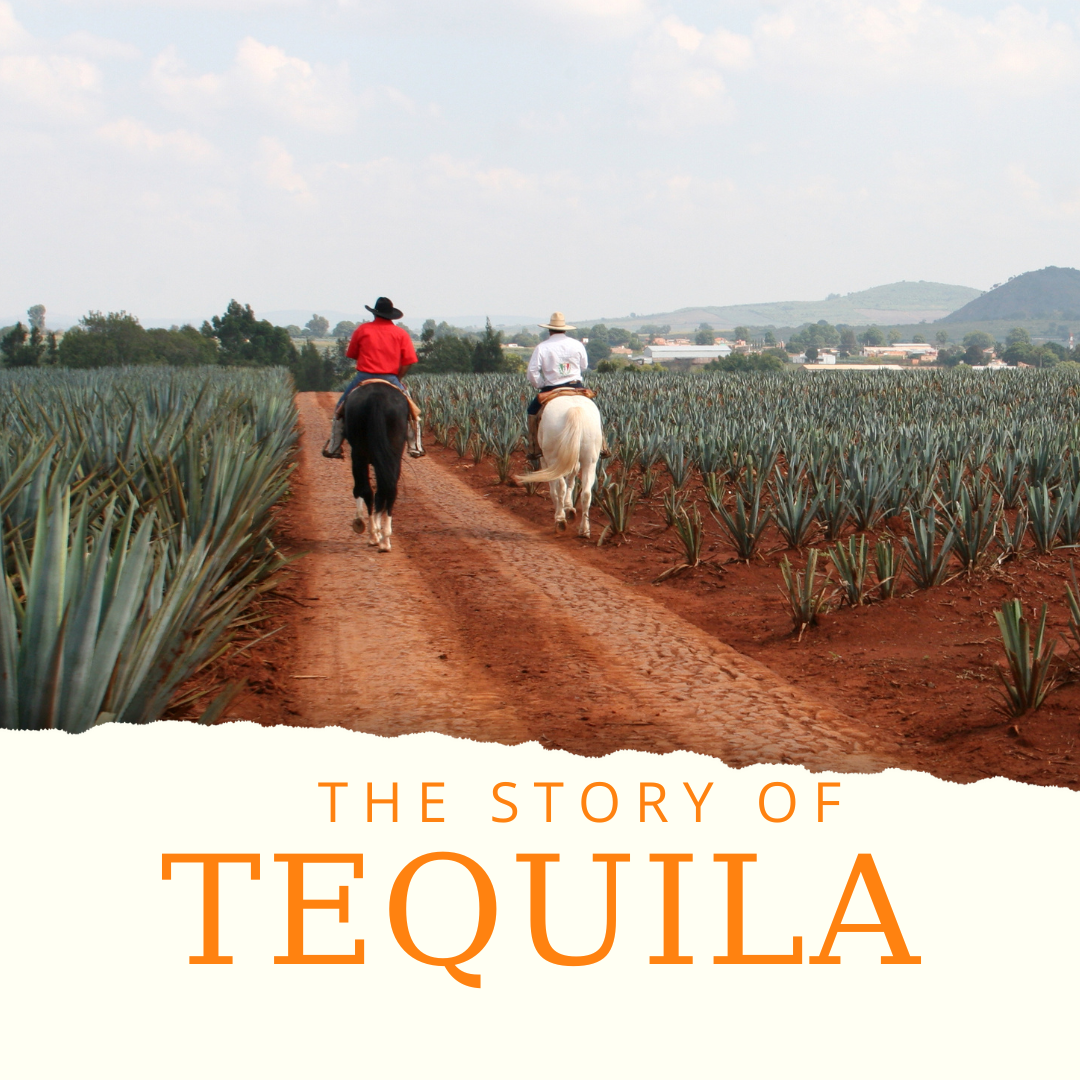Behind the Bottle: How Tequila Is Made from Agave to Glass
- by ShopSK 1
-

Tequila, one of the most iconic spirits worldwide, has a rich history and fascinating production process that begins with the agave plant. From the moment the agave is harvested to the moment it reaches your glass, there is a precise and artisanal journey involved. If you’ve ever wondered how tequila is made, from agave to glass, this article will guide you through every step of the process.
As you explore the process, you might find yourself wanting to enjoy a glass of tequila. Thankfully, with the rise of online alcohol delivery services, getting your hands on a bottle of quality tequila has never been easier. In areas like Los Angeles, you can take advantage of same day alcohol delivery in Los Angeles, ensuring your favorite tequila is just a few clicks away. And when you shop at platforms like ShopSK, you’re assured of a smooth and reliable purchase experience.
The Agave Plant: The Heart of Tequila
Tequila, unlike many other spirits, is exclusively made from the blue agave plant. This plant, which thrives in the volcanic soils of Jalisco, Mexico, is the primary ingredient in crafting high-quality tequila. The agave's long, spiky leaves conceal the heart of the plant, known as the piña, which is the essential part used in tequila production.
When the agave is fully matured, usually after around 8 to 12 years, it’s harvested by skilled laborers known as jimadores. These workers use a sharp tool called a coa to cut away the spiky leaves and extract the piña. The piña is the treasure trove of sugars, which, after a detailed process, will be fermented and distilled into tequila.
The Cooking Process: Breaking Down the Piña
Once the agave piñas are harvested, they are transported to the distillery, where the next crucial step in tequila production occurs: cooking. The piñas are first cut into smaller chunks to help release their sugars. The traditional method of cooking agave involves slow-cooking the piñas in large ovens or brick kilns. This method allows the agave to caramelize, converting its starches into fermentable sugars, which are the building blocks of the tequila’s distinct flavor.
In modern tequila production, some distilleries use autoclaves, pressure cookers that expedite the cooking process. However, the traditional slow-cooking method is still preferred by many distillers to create a more complex and flavorful tequila.
The Fermentation Process: Turning Sugars into Alcohol
Once cooked, the piñas are crushed to extract the agave juice, also known as “aguamiel.” This juice is the foundation for fermentation, where the magic truly begins. The aguamiel is placed in fermentation tanks, where yeast is added to start the fermentation process. The yeast consumes the sugars in the juice, converting them into alcohol.
The length of fermentation can vary depending on the distillery and the desired outcome. Longer fermentation times typically result in more refined flavors and aromas. After fermentation, the liquid is now called “mosto” or agave wine, with an alcohol content of around 5-8%.
The Distillation Process: Purifying the Spirit
The mosto is then distilled, usually twice, in large copper or stainless steel stills. The first distillation, known as the "destrozado," helps to separate the alcohol from other impurities. The second distillation, or "rectificado," refines the alcohol even further, concentrating the pure agave flavor and ensuring the final product is clean and smooth.
The distillation process is one of the most important stages of tequila production, as it largely determines the final taste of the spirit. The distiller must make precise decisions during the distillation, deciding when to separate the heads, hearts, and tails of the distillate. The “hearts” contain the best and cleanest alcohol, which is what eventually becomes tequila.
Aging Tequila: Creating Complexity and Flavor
Tequila is categorized into different types based on how long it is aged, if at all. There are four main types of tequila:
Blanco (Silver): Unaged and bottled immediately after distillation, blanco tequila has a fresh, agave-forward flavor.
Reposado: Aged for a minimum of two months but less than a year in oak barrels, reposado has a smooth, rich flavor with a touch of oakiness.
Añejo: Aged for one to three years in oak barrels, añejo tequila is darker and more complex, with rich flavors of vanilla, caramel, and oak.
Extra Añejo: Aged for over three years, this style of tequila is the most complex, offering deep flavors and a velvety texture.
The aging process imparts unique flavors to the tequila, making each type distinct. While some prefer the boldness of aged tequila, others enjoy the crispness and purity of blanco tequila. Regardless of preference, the aging process is an essential part of creating the diverse range of tequila offerings available today.
Bottling and Enjoying Tequila: From Distillery to Glass
After aging, the tequila is filtered, diluted with water if necessary, and bottled. Some high-end tequilas may undergo additional filtration or other techniques to ensure clarity and purity. Once bottled, tequila is ready for distribution, and this is where online alcohol delivery services come in handy.
If you're looking to buy tequila without leaving your home, online alcohol delivery services provide a convenient option. With platforms like ShopSK, you can explore a variety of tequila options and have them delivered right to your door. Whether you're in Los Angeles or elsewhere, same day alcohol delivery in Santa Ana ensures your tequila will be on your doorstep quickly, allowing you to enjoy your favorite spirit without the wait.
The Enjoyment: Sipping or Mixing
Once you have your bottle of tequila, you can enjoy it in a variety of ways. Whether you prefer sipping a fine extra añejo tequila straight or using blanco in a classic margarita, the versatility of tequila makes it a beloved choice for many cocktail enthusiasts.
For those who enjoy sipping tequila, a traditional tequila glass, like a caballito, enhances the drinking experience, allowing you to savor the spirit's aroma and flavor. Alternatively, tequila can be enjoyed in cocktails like margaritas, palomas, or tequila sunrises.
FAQs About Tequila Production
What is the main ingredient in tequila?
Tequila is primarily made from the blue agave plant, which provides the sugars necessary for fermentation and distillation.
How long does it take for agave to mature?
It typically takes 8 to 12 years for the agave plant to fully mature and be ready for harvesting.
What does the fermentation process involve?
Fermentation involves converting the sugars in the agave juice into alcohol through the action of yeast. This process can take several days and is crucial for developing tequila’s flavor.
How many times is tequila distilled?
Tequila is usually distilled twice to ensure purity and to concentrate the agave flavor.
Can I buy tequila online?
Yes, with online alcohol delivery services, you can easily shop for tequila from platforms like ShopSK and have it delivered directly to your door.
What is the difference between blanco and reposado tequila?
Blanco tequila is unaged, offering a fresh, pure agave flavor, while reposado is aged for at least two months, giving it a smoother, oak-influenced taste.
Conclusion
The journey of tequila from agave to glass is an intricate and skilled process that combines tradition with modern techniques. Whether you enjoy your tequila neat, in cocktails, or through the convenience of online alcohol delivery services, you can appreciate the artistry involved in creating this iconic Mexican spirit. With platforms like ShopSK offering same day alcohol delivery in Los Angeles, it’s easier than ever to enjoy a premium bottle of tequila at home.




